Search Results for 'The Galway Vindicator'
12 results found.
The Lough Athalia railway bridge
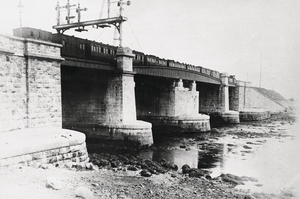
The coming of the railway line from Dublin to Galway was one of the most significant events in the history of our city in the 19th century. It opened up the city and its environs in a commercial and in a tourist sense, making Galway accessible to the rest of the world. It was a major engineering achievement, regarded as the first indication of Galway’s future greatness both as a mercantile and manufacturing city.
The Jesuit church

On this day, July 31, in 1863, “The new Church of St Ignatius on the Sea Road in the vicinity of the city was dedicated by the Most Rev Dr McEvilly, Lord Bishop of Galway. Sea Road is one of the most fashionable and frequented thoroughfares in the suburbs of our city. The Church, which was commenced in 1861, is now complete with the exception of the organ, altar and some minor internal decorations; and we have no doubt the zeal of the faithful will only require such a desirable opportunity of enabling the Jesuit Fathers, whose excellent judgement in these matters is fully acknowledged, to complete the required improvements, and that nothing shall be wanted which the good taste of the architect can suggest to make everything perfect. The Church is built of hammered limestone ashlar work in courses. The south gable, or principal front, the spire and the quoins, dressings etc, being finely punched and the depths of the jambs and arches of the principal doors and windows, which are richly moulded, adds greatly to its appearance. The Church, which is Gothic in style, is in the form of a Latin Cross, 115 feet in extreme length, 36 feet wide and 70 feet across the transepts, 56 to the ridge and 110 to the top of the spire”.
The Galway jute factory
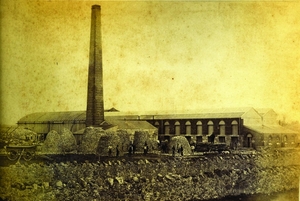
The Galway Vindicator and Connaught Advertiser of December 24 1851 carried an advertisement which read “TO BE LET, for such terms as may be agreed upon, and immediate possession given. EARL’S ISLAND MILL AND BLEACH GREEN. These well-known concerns occupied for so many years by the late Mr Mitchell, Linen Manufacturer, Miller, Bleacher, have always been esteemed to point of situation; preferable to every other site in Galway, but the improvement made by the Board of Works under the inspection of their skilful engineer SU Roberts ... have rendered it superior to any in the Kingdom. The land will be secured against being flooded for any part of the year. The Mill Race has been changed ... the Mill Power amended and is now equal to 40 horse power. The canal between Lough Corrib and the sea leaves the lake at the very point on which the Mill stands. The layby for boats is within 20 yards of it, and the spacious quay with landing crane and every accommodation for shipping goods will adjoin.”
The Bish, one hundred and fifty years
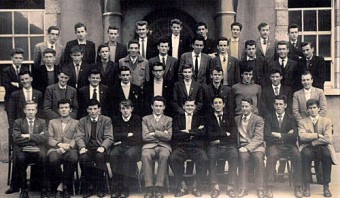
On this day one hundred and fifty years ago, St. Joseph’s Secondary School formally opened. It represented a triumph for Dr McEvilly, Bishop of Galway, who had worked tirelessly to get the Patrician Brothers to Galway to add to the educational facilities for Catholic boys in the city. Indeed the bishop’s association with the school was such that it became known as ‘The Bish’. Others regarded it as a seminary for preparing boys for the priesthood and so it was also known colloquially as ‘The Sem’.
Daniel O’Connell leaves the Irish stage
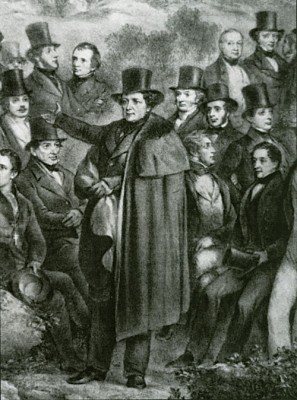
Having got him there, Clifden was not going to let Daniel O’Connell go easily. The meeting, on the edge of the town had been an unparalleled success, and the excitement prevailed. The organisers had constructed a huge pavilion ‘on the highest point of the town’, covered with canvass. It must have been of considerable size as 300 men sat at long tables, while 200 ladies sat in the adjoining galleries. At 8pm that Sunday evening, September 17 1843, O’Connell and other guests entered the pavilion with one of the Galway Temperance bands preceding him with lively tunes. His arrival was greeted with the ‘ most deafening cheers’, while the ladies waved scarves and handkerchiefs.
‘A more exhilarating or magnificent scene could not be witnessed’

On Friday evening, September 15 1843, Daniel O’Connell, with a small group of close friends, including his son Daniel and Dr John Grey, proprietor of the Freeman’s Journal, arrived in Galway. The excitement was intense. O’Connell, at 68 years of age, was at the height of his powers. Fourteen years previously he had succeeded in removing the oaths that had prevented Catholics from becoming members of parliament. He took his seat as MP for Clare, the first Irish Catholic to do so. His charismatic personality, brilliant oratory, and powerful intellect, had won him an enormous following, not only throughout Ireland but in Europe as well. His achievement earned him the title of The Liberator, which had all the resonance of an ancient and powerful king who had raised the sword of freedom.
Has Sir William Gregory been brought in from the cold?
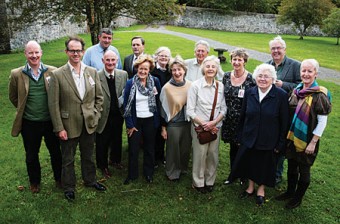
Sir William Gregory of Coole, Co Galway, and the husband of Lady Augusta in his later years, has been vilified unfairly by historians and commentators, said Brian Walker, professor of Irish Studies at Queen’s University last weekend. As the member of parliament who introduced the so called ‘Gregory clause’ as the Great Famine raged through the land, he did so for humane motives; but it was exploited by some ruthless landlords to clear their land.
The huckster’s harvest
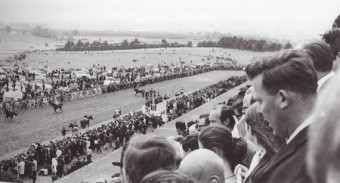
“The Galway Races are unique in Irish sport. For this is a real Connaught holiday. Caravans and their picturesque owners are making their trek weeks ahead. Urgent farm work is abandoned for an hour. Business and professional men; regular race-goers, hunting folk, farmers of all ranges of acreage, holiday trippers from the eastern cities; Connemara and Aran Island men and maids who speak English only, are here in colourful buoyant groups. All the fun of the fair; huge fields of beautiful horses; thrilling finishes and good priced winners — all lend glamour and life to this great outdoor festival of the west.
A child remembers Easter in Russia
The busy city of Harbin is the 10th largest city in China, and regularly features on our TV screens for its famous winter ice sculptures. In the 1920s, Harbin, practically on the borders of Russia, was a refuge for thousands of émigrés, fleeing the Bolshevik revolution and the blood bath that followed. The Russians, many of them wealthy, brought style and glamour to this once far flung post on the Trans-Siberian railway. Among those seeking refuge was a 74-years- old Galway/Russian woman Kathleen ffrench, who was not only the chatelaine of Monivea Castle and its 10,000 acre estate in Co Galway, but who also had inherited vast estates on the Volga from her Russian grandparents.
The sad leaving of Mary Mally (Malley?)
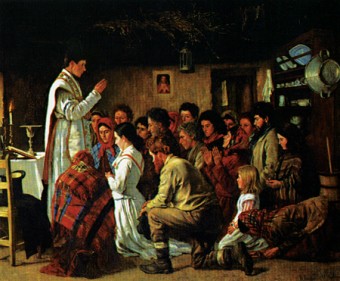
The anger and violence that erupted against the Protestant Irish Church Missions and their schools and orphanages in western Connemara towards the end of the 19th century, makes for harrowing reading today.

